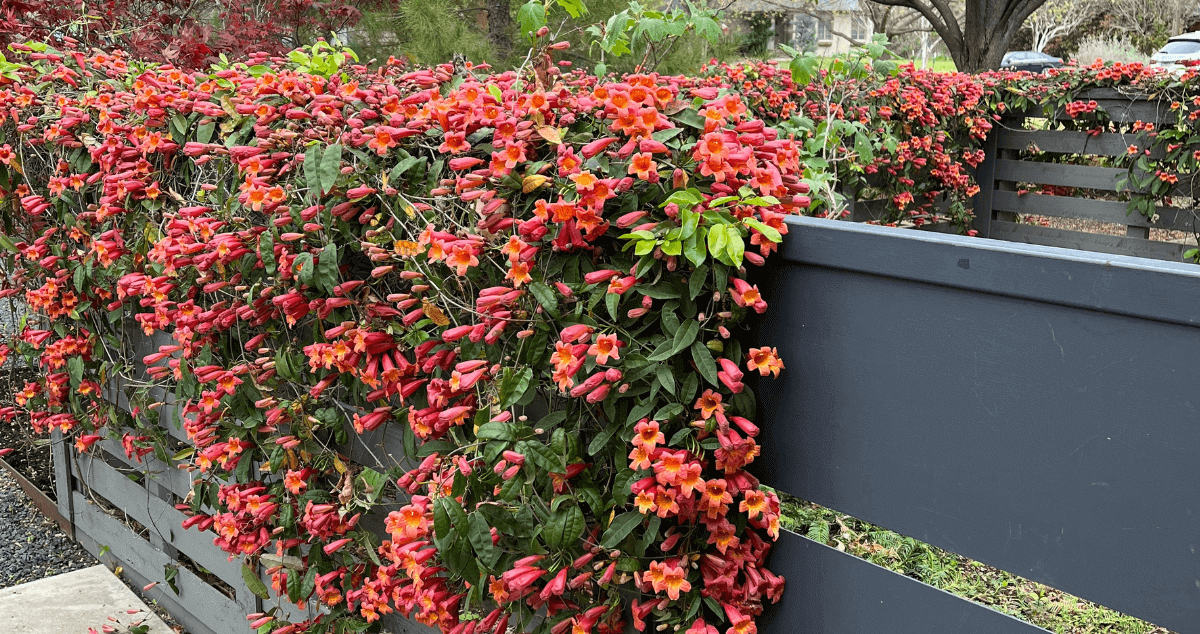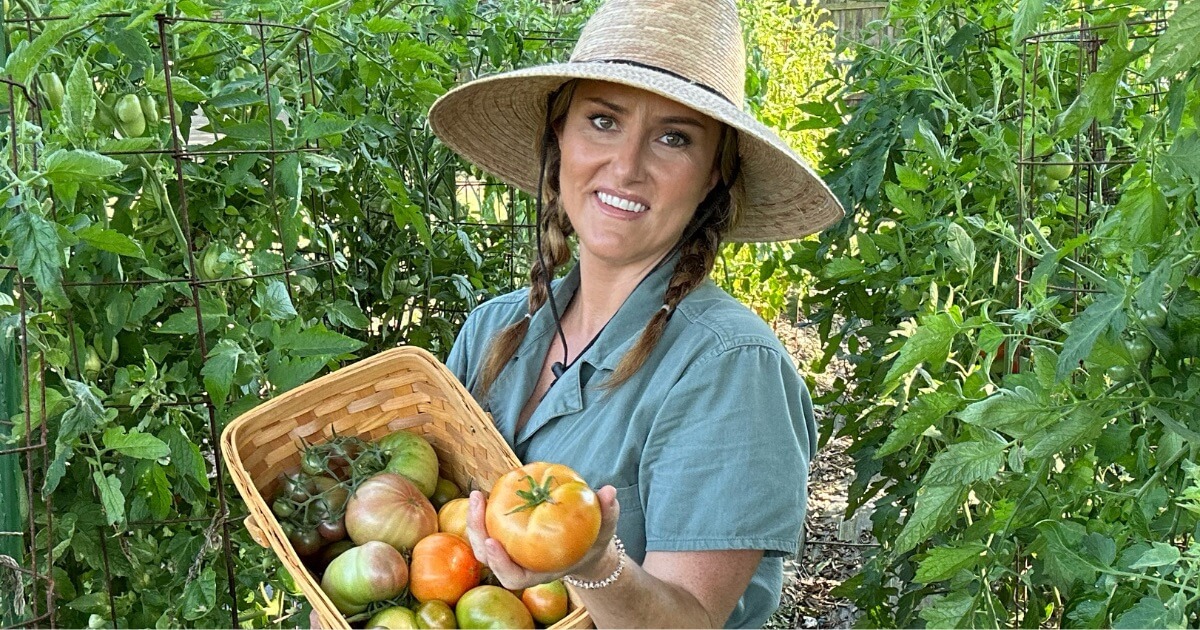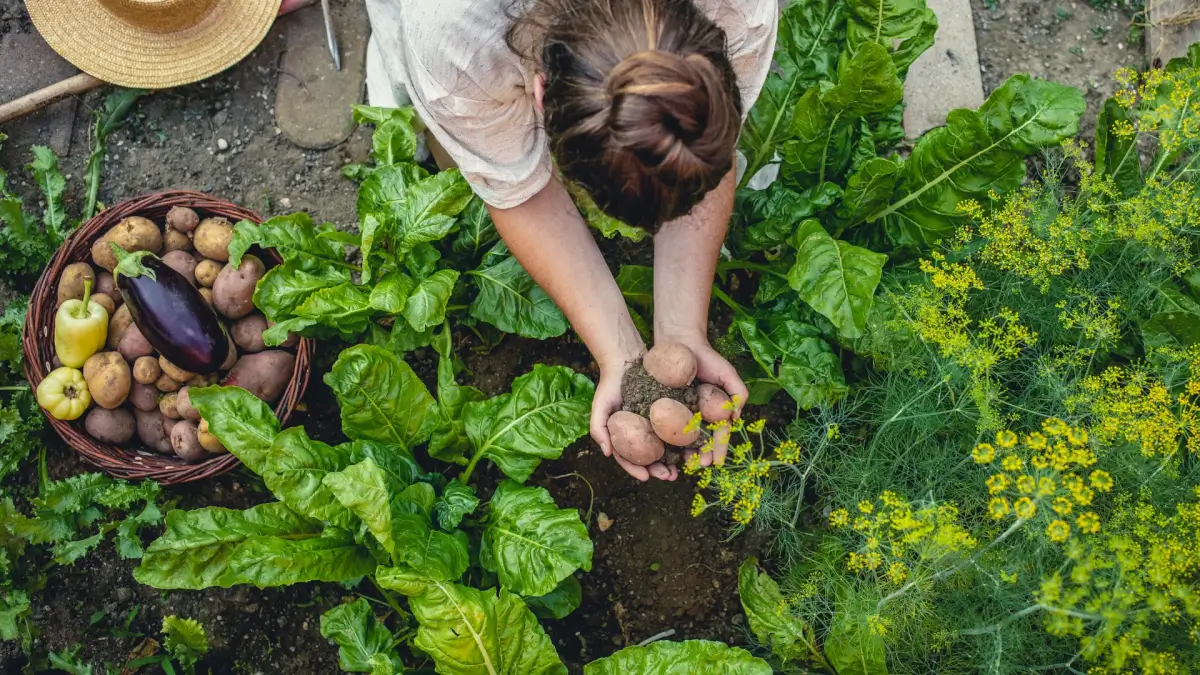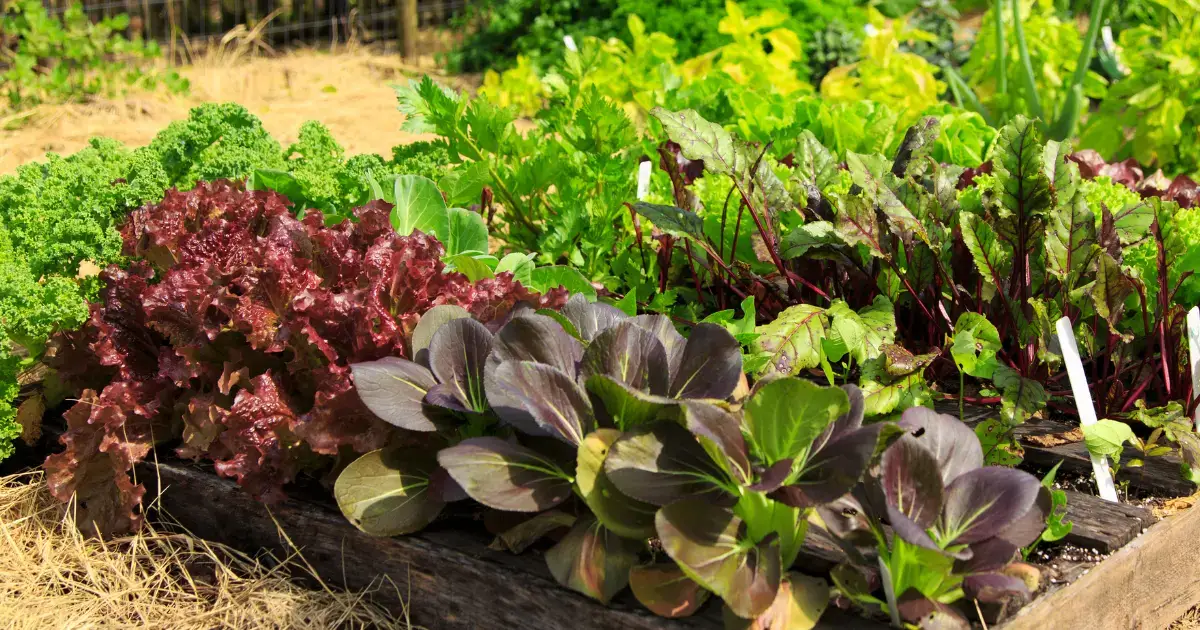
I’m settling in to my new digs. Now comes the hard work of transforming the landscape and establish ing new gardens, slowly but surely. Emphasis on the slowly part. Spring is pretty much here, my garage is full of seedlings, and I have yet to build the beds they need to go into. (Gulp.)
Despite all this, I’ve planned it all out in my head and will formalize plant placement on paper soon. The front yard will eventually be a turf-free, mixed planting in the artistic and naturalistic style of Piet Oudolf using native and adapted perennials in combination with annuals that convey that this is, in fact, a gardener’s garden.
The back will be a mixed use space featuring a long, border perennial garden, lots of short, raised beds* for vegetables and
Here are the things that I am planning to plant in near future and why:
Oakleaf Hydrangea
There’s a north-facing corner of the house that is part shade, and Oakleaf Hydrangeas will be perfect there. I’ll plant a big mass of them for maximum wow factor. They will also get tall enough to create some privacy for the dining room. (FYI, the biggest mistake people make with these plants is pruning them. Do NOT

Salvia nemorosa ‘Salvatore Blue’
I will be transferring these plants down from the old garden, and I have more seedlings growing in the garage now. The color is truly electric, and its compact growth habit makes it perfect for the front edge of a garden bed. You can get seeds from Swallowtail Seeds.

Jerusalem Sage
I’ll be adding this very drought-tolerant, Texas-adapted perennial to my landscape in mass groupings. It’s an architectural plant that will provide nice textural contrast. The ones I have in containers right now are already budding out. It needs well-drained soils, so if you have heavy clay you will need to amend well with expanded shale.

Crossvine
There are long expanses of fence in my new backyard, and this Texas native vine will help to cover those up. It’s also semi-evergreen and will provide a sense of lushness year-round. (Note: Crossvine is often confused with the aggressive Trumpet Vine. They are different plants. Trumpet Vine has a thick woody stem and serrated leaves. Avoid Trumpet Vine.)

Big Muhly / Lindheimer’s Muhly Grass (Muhlenbergia lindheimeri)
Grasses are just as important in a naturalist mixed planting as the flowering perennials. Lindheimer’s Muhly is a Texas native grass and will be featured prominently throughout my landscape to provide height and year-round visual interest. Side note: Instead of giving your muhly grasses an unattractive buzz cut in late winter, break off the dead flower stalks and then use a rake to rake upward from the base, removing dead material and leaving the plant ready for spring growth. It’s more labor, but I hate the way those buzzed grasses look. That method can also increase the chances of rot.

Texas Rock Rose
This is not a traditional rose plant as the name would suggest. It is a shrub-like, Texas native perennial in the mallow family that will bloom continuously from early summer through first frost. To encourage heavy bloom and maintain shape, cut back frequently. I cut back by at least 50% in March and then again in July up to 75% (the plant is back to pre-July size by August – ha). The hummingbirds love to visit my rock roses in September. This photo was taken on June 18 of last year. There are three plants in this grouping. (That’s the secret to plants looking great. Never plant just one of ANYTHING.)

Fully inspired yet?
I hope this gave you some ideas for things you could add to your garden this year. Nurseries will start getting their perennials in over the coming weeks. Late March and April is the spring window for planting perennials in North Texas. Some good sources for finding Texas native and adapted perennials are Rooted In Nursery in Pilot Point, Shades of Green in McKinney, Homegrown Plants in Farmersville, and the spring plant sales held by master gardener associations and local chapters of the Native Plant Society of Texas.
*Taller is not better when it comes to raised beds. In fact, the taller a raised is, the more stress it puts on your plants (and the more money you’re going to shell out to fill it). A bed can be as short as 6″ tall and still deliver the benefits of gardening in a raised bed. Your plants will be happier, too. That’s because the taller a bed is, the more the soil is exposed to ambient temperatures. The soil gets hotter, it dries out faster, and your plants suffer big time. The most problematic raised beds are the ones that are raised off the ground. Shoot for a maximum height of 16″ (height is usually dictated by the width of your lumber if you’re using wood) unless you need to build high to address mobility concerns.
- Can Eating Tomatoes Help Prevent Weight Gain? New Study Says Yes - May 25, 2025
- New to Gardening? Join Our Step-by-Step Beginner Gardening Class - April 24, 2025
- Why “Intensive” Gardening is Not Good - March 9, 2025



